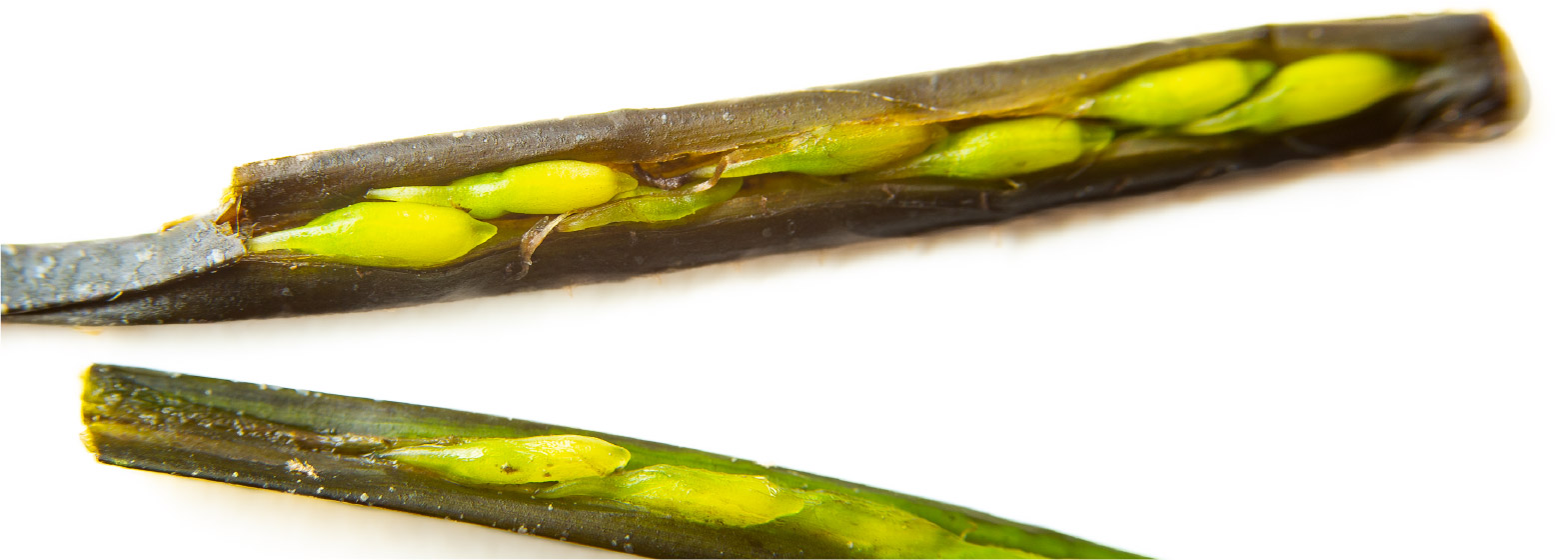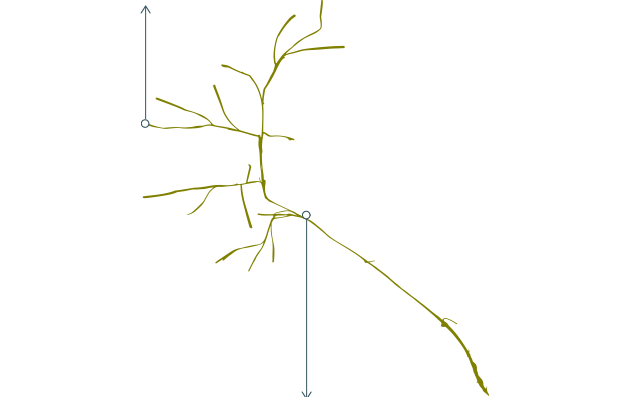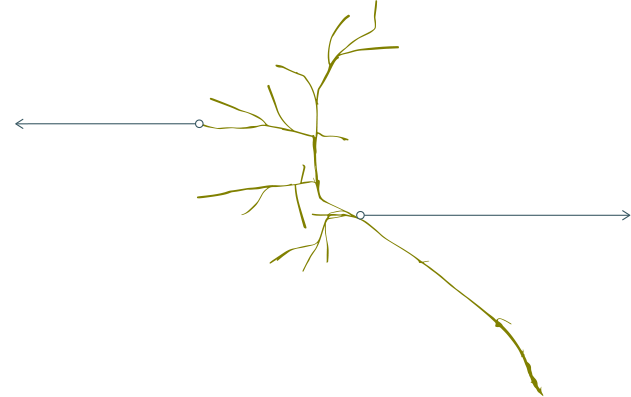
Benefits and trade-offs.
What benefits does this new food have, and how can it contribute in an ecological, social and culinary sense?
- Extraordinary ecological, social and environmental benefits.
- Essential in the battle against climate change, regenerating marine life and contributing to the survival of numerous marine species.
- Provides a multitude of direct and indirect benefits for humans and for coastal areas.
- Cultivates biodiversity and marine resources.
- Retains sediments and protects coastal areas. Recycles nutrients and produces oxygen.
- The most sustainable crop currently known, requiring only seawater, without pesticides or treatments.
- A new superfood thanks to its high nutritional value. Contains essential fatty acids, Omegas 6 and 9, and amino acids not found in other common grains and minerals. Has significant glucose levels.
- Leads to enrichment of ecology, landscape and social systems. Can be cultivated in marshland and coastal areas.
- Economic wealth for depressed zones. Cultivation is much more productive and profitable than other kinds of land-based grains.
- Countless uses. Can be consumed as is, but can also be transformed into flour and related products.
- In future, these plants will remove carbon from the air, which may lead to a rise in the number of reforestation projects, and the subsequent demand for seeds and plants for the development of these undertakings.
A new superfood with great nutritional value
Marine grains have a seed that is much denser and more nutritional than other grains. It might be classified somewhere between rice and other legumes.
In a comparative study with five other grains (rice, barley, wheat, oats and corn), we have determined that marine grain contains a greater quantity of high-quality proteins (13%), carbohydrates (82%, of which some 50% is starch), and less than 2% fat (vegetable). It also contains vitamins A and E, not found in any other kind of grain, as well as high concentrations of various B vitamins.

In addition to essential fatty acids, Omegas 3 and 6, and amino acids not found in other common grains and minerals, it also has significant levels of glucose, making it a superfood with exceptional qualities for a healthy diet.
On a culinary level, it opens the door to a new texture: dense and firm, like pasta prepared al dente. Flavor-wise, it is aromatic, plant-based and iodized. Its characteristics for culinary use range from boiling it like a rice or a pasta, to processing it into flour to make breads or dried pastas.

Marine grain vs land-based grain.
In a comparative analysis with common rice and other grains, we have determined that marine grain presents excellent characteristics and qualities:
Macronutrients: much more balanced than common rice when it comes to percentages of proteins, carbohydrates and fiber.

Micronutrients: contains more plant-based fatty acids than any other grain commonly eaten. It also has amino acids not found in common grains, high quantities of vitamins and minerals, and a significant proportion of glucose.

